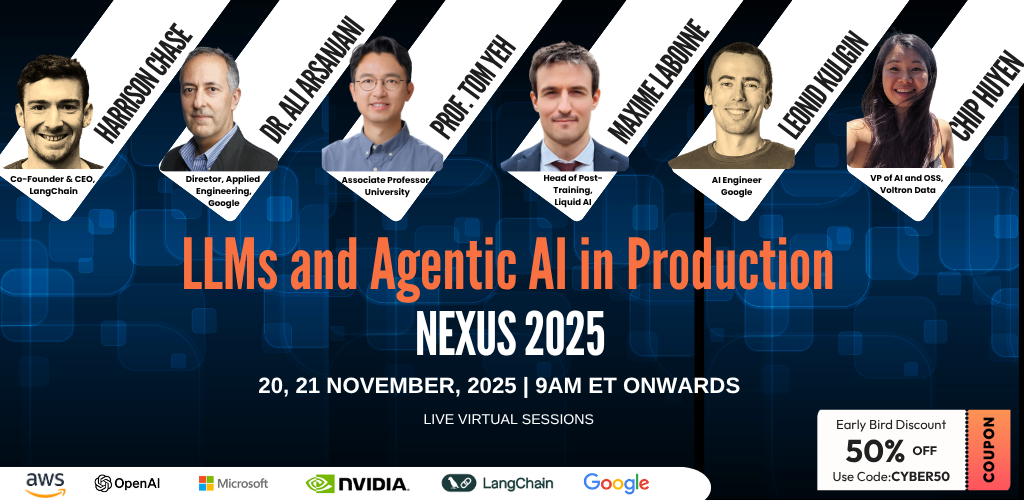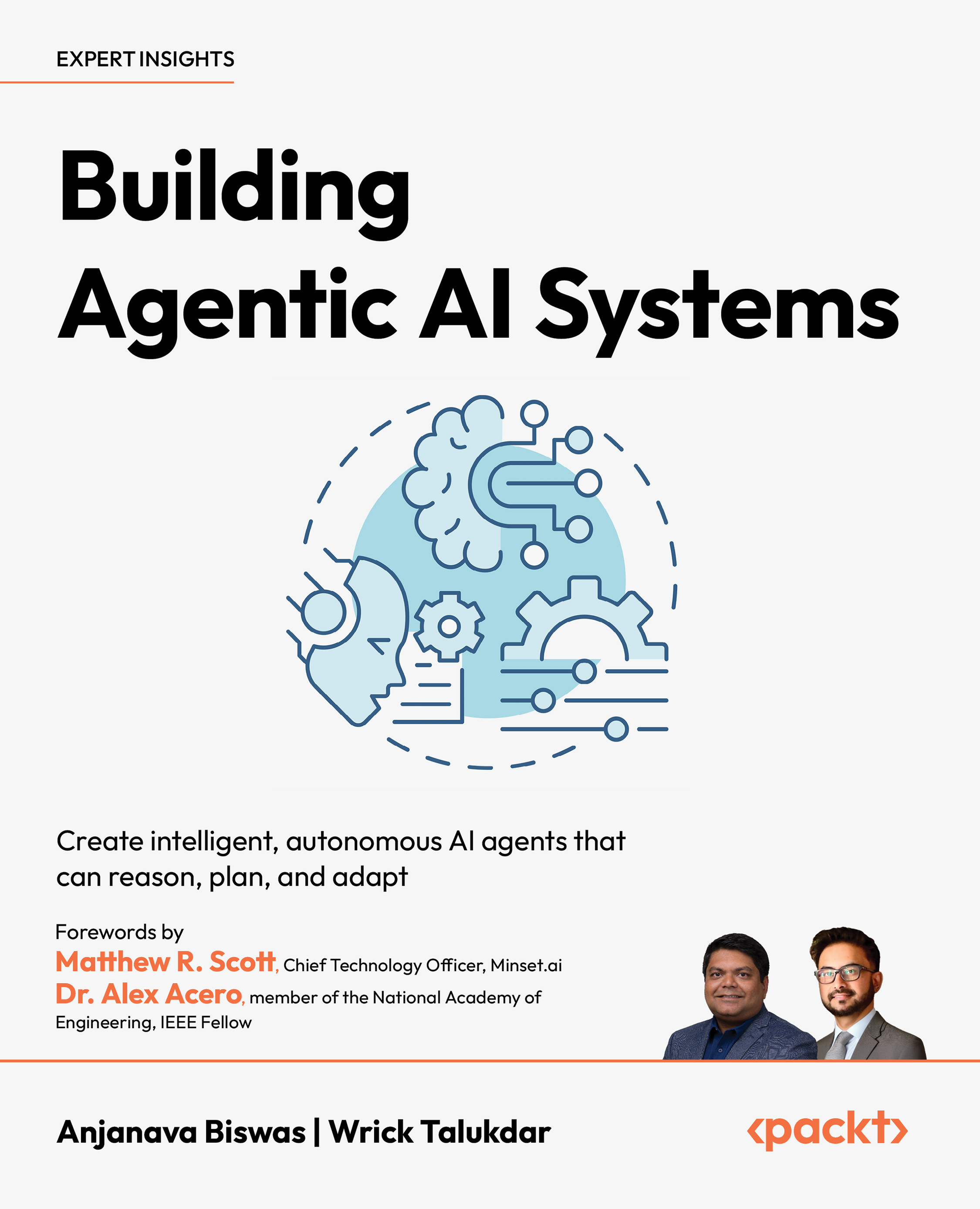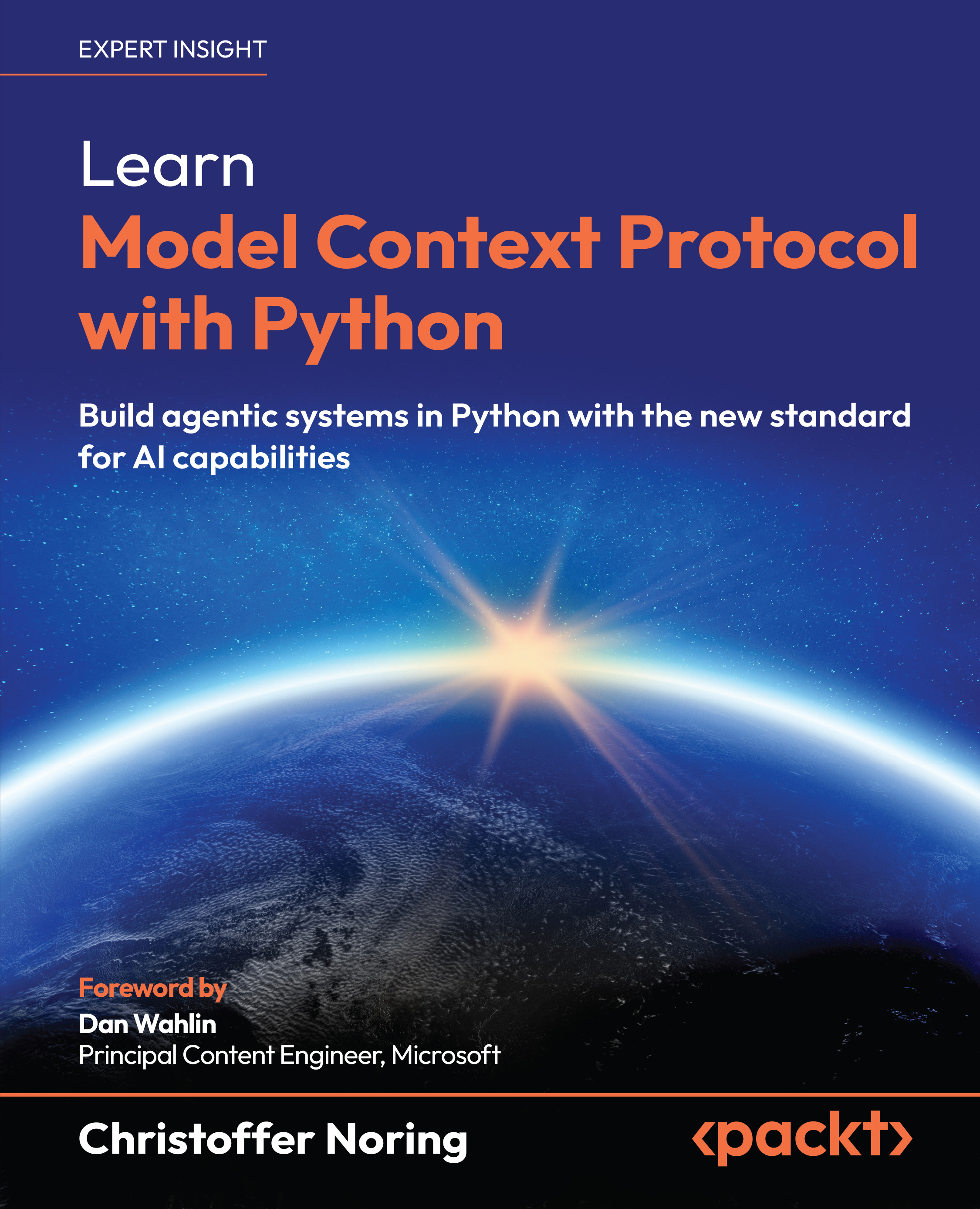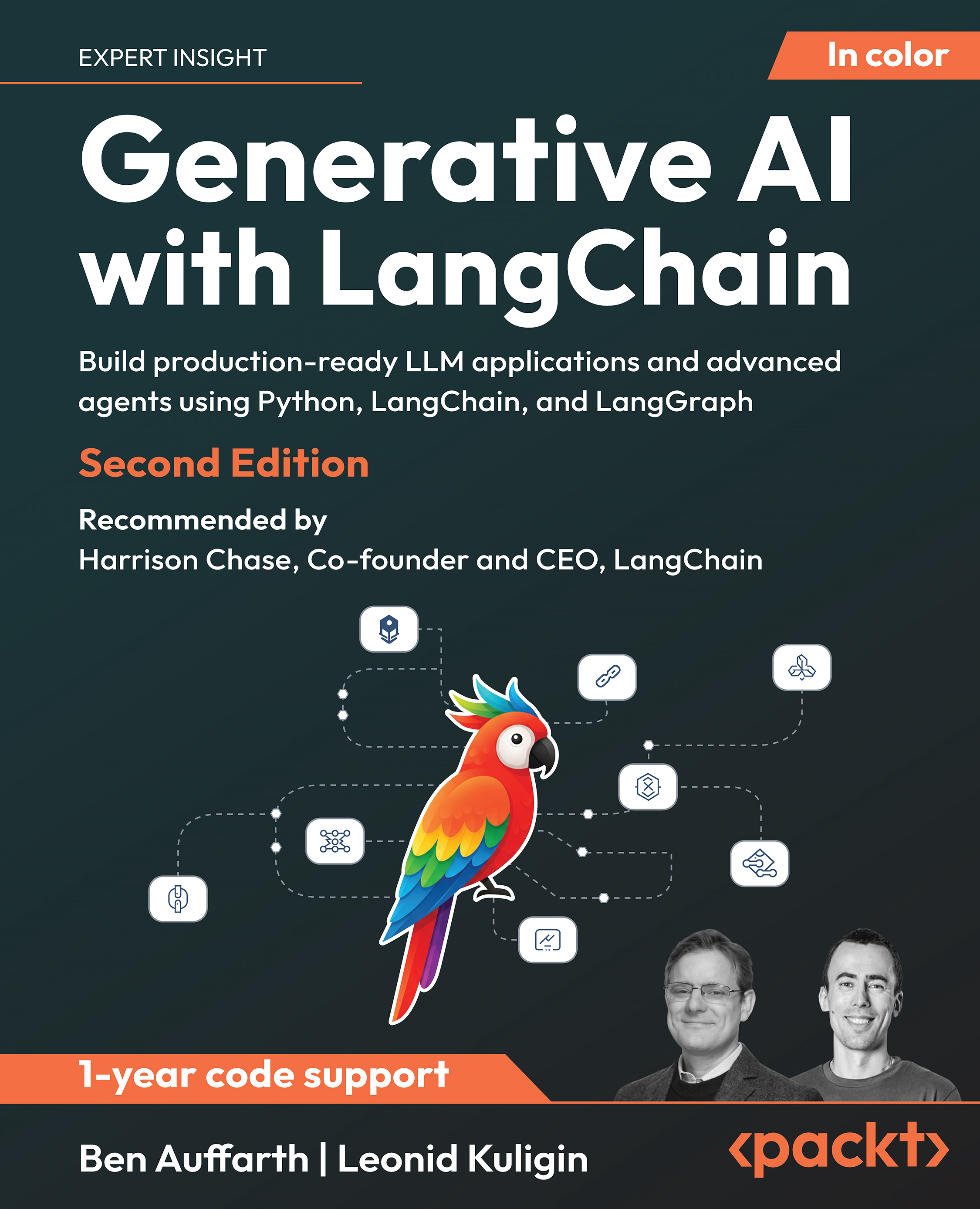“Generative AI revolution in cybersecurity: a comprehensive review of threat intelligence and operations”: This paper surveys how generative AI (GenAI) is transforming cybersecurity — especially in threat intelligence, automated operations, and attack simulation. It discusses how generative models can be used defensively (e.g., synthesizing threat data, automating incident response) but also warns of adversarial use. The review covers existing architectures, use-cases, risks, and future research directions.
“Artificial intelligence and machine learning in cybersecurity: a deep dive into state-of-the-art techniques and future paradigms”: This is a broad, in-depth survey of AI and ML techniques applied to key cybersecurity areas like intrusion detection, malware classification, behavior analysis, and threat intelligence. It also outlines future paradigms, challenges (e.g., adversarial ML, explainability), and research gaps.
“Towards Explainable and Lightweight AI for Real-Time Cyber Threat Hunting in Edge Networks” (Milad Rahmati): This is a preprint (arXiv) proposing an AI framework for detecting cyber threats in edge networks (i.e., resource-constrained devices). The core idea is to combine interpretable machine learning (e.g., decision trees) with lightweight deep learning and federated learning, to achieve real-time threat hunting while preserving transparency and low computational cost.
“Adaptive Cybersecurity: Dynamically Retrainable Firewalls for Real-Time Network Protection” (Sina Ahmadi): Another preprint. This work introduces the concept of dynamically retrainable firewalls — firewall systems that use continual or reinforcement learning to retrain in real time as network traffic evolves. It discusses the architecture, latency/resource tradeoffs, integration with zero-trust models, and future risks including adversarial attacks and ethical/regulatory concerns.
“Organizational Adaptation to Generative AI in Cybersecurity: A Systematic Review” (Christopher Nott): This systematic review studies how cybersecurity organizations (e.g., in finance, critical infrastructure) are restructuring processes and governance to integrate generative AI. It identifies patterns such as LLM integration for threat modeling, risk automation, and hybrid human–AI operations. It also explores challenges: data quality, explainability, adversarial attacks, and building governance frameworks.
“A cybersecurity AI agent selection and decision support framework” (Masike Malatji): This recent preprint proposes a framework to help organizations choose what kind of AI “agent” (reactive, cognitive, hybrid, learning) to deploy, aligned with the NIST Cybersecurity Framework (CSF 2.0). It maps properties like autonomy, learning, and responsiveness to NIST CSF functions. It recommends different autonomy levels (assisted, augmented, fully autonomous) depending on maturity and risk.
 United States
United States
 Great Britain
Great Britain
 India
India
 Germany
Germany
 France
France
 Canada
Canada
 Russia
Russia
 Spain
Spain
 Brazil
Brazil
 Australia
Australia
 Singapore
Singapore
 Canary Islands
Canary Islands
 Hungary
Hungary
 Ukraine
Ukraine
 Luxembourg
Luxembourg
 Estonia
Estonia
 Lithuania
Lithuania
 South Korea
South Korea
 Turkey
Turkey
 Switzerland
Switzerland
 Colombia
Colombia
 Taiwan
Taiwan
 Chile
Chile
 Norway
Norway
 Ecuador
Ecuador
 Indonesia
Indonesia
 New Zealand
New Zealand
 Cyprus
Cyprus
 Denmark
Denmark
 Finland
Finland
 Poland
Poland
 Malta
Malta
 Czechia
Czechia
 Austria
Austria
 Sweden
Sweden
 Italy
Italy
 Egypt
Egypt
 Belgium
Belgium
 Portugal
Portugal
 Slovenia
Slovenia
 Ireland
Ireland
 Romania
Romania
 Greece
Greece
 Argentina
Argentina
 Netherlands
Netherlands
 Bulgaria
Bulgaria
 Latvia
Latvia
 South Africa
South Africa
 Malaysia
Malaysia
 Japan
Japan
 Slovakia
Slovakia
 Philippines
Philippines
 Mexico
Mexico
 Thailand
Thailand















